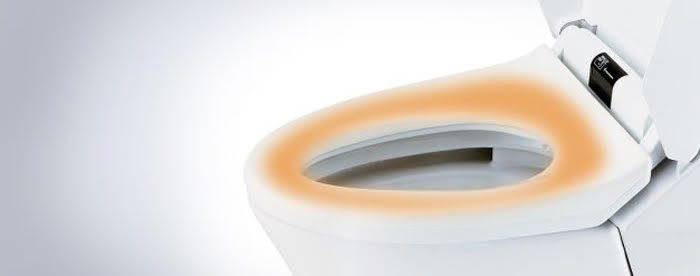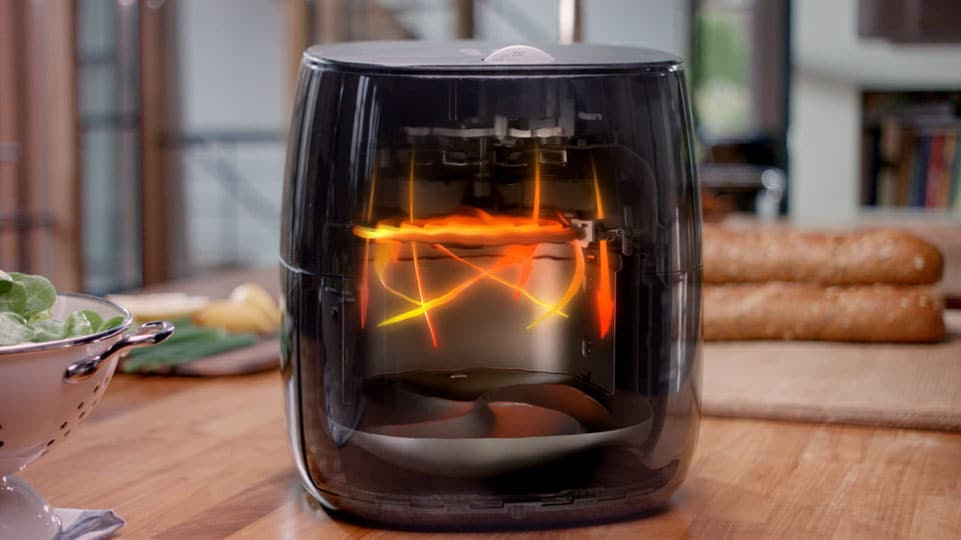
Art | Resources
AcroAma Blends
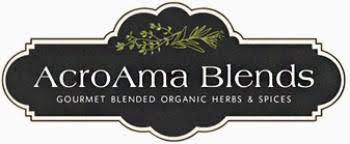 Chef-created gourmet seasonings that combine the superior flavor of Celtic Sea Salt® with organic herbs and spices. ‘We go beyond exquisite taste by utilizing handcrafted production methods that preserve the delicate oils and compounds Nature intended. Every blend is made in small batches with 100% organic ingredients to ensure a fresh, potent culinary experience. Naturally gluten free and vegan friendly….We begin at the source, with farmers and producers who are committed to sustainable organic processes. Our spices are selected from the finest certified organic gardens and then handcrafted into small batches for a gentler, healthier way to preserve their benefits and ensure freshness. Every blend is 100% organic and non-irradiated, containing no hidden fillers, fragrances, anti-caking agents, or ingredients of any kind.”
Chef-created gourmet seasonings that combine the superior flavor of Celtic Sea Salt® with organic herbs and spices. ‘We go beyond exquisite taste by utilizing handcrafted production methods that preserve the delicate oils and compounds Nature intended. Every blend is made in small batches with 100% organic ingredients to ensure a fresh, potent culinary experience. Naturally gluten free and vegan friendly….We begin at the source, with farmers and producers who are committed to sustainable organic processes. Our spices are selected from the finest certified organic gardens and then handcrafted into small batches for a gentler, healthier way to preserve their benefits and ensure freshness. Every blend is 100% organic and non-irradiated, containing no hidden fillers, fragrances, anti-caking agents, or ingredients of any kind.”
House of Mia
 “Specializes in high quality, ultra-hip infant/toddler leggings, knotted headbands and newbord essential, including swaddle blankets and newborn knit hats. All of our products are made with 100% organic cotton.
“Specializes in high quality, ultra-hip infant/toddler leggings, knotted headbands and newbord essential, including swaddle blankets and newborn knit hats. All of our products are made with 100% organic cotton.
Onomea Tea Company
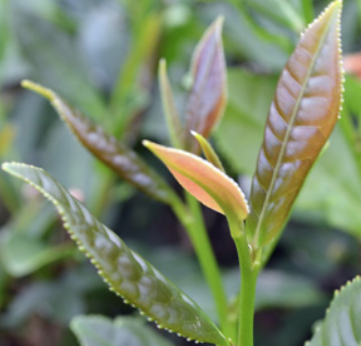 Certified organic teas grown in Hawaii. “Onomea Tea Company sits just above Onomea Bay on the scenic Hamakua coast of Hawaii Island. Stunningly beautiful, abundant rain with rich volcanic soils, it is ideal for making good, flavorful whole leaf Hawaii teas. We process the tea leaves into white, green, oolong and black teas and are excited by the exotic subtle, yet complex flavors achieved in this environment…we believe careful and healthful stewardship of the land contribute to healthy, flavorful tea and ensure the land stays clean and rich for the future generations.”
Certified organic teas grown in Hawaii. “Onomea Tea Company sits just above Onomea Bay on the scenic Hamakua coast of Hawaii Island. Stunningly beautiful, abundant rain with rich volcanic soils, it is ideal for making good, flavorful whole leaf Hawaii teas. We process the tea leaves into white, green, oolong and black teas and are excited by the exotic subtle, yet complex flavors achieved in this environment…we believe careful and healthful stewardship of the land contribute to healthy, flavorful tea and ensure the land stays clean and rich for the future generations.”
Heated Plastic Toilet Seat
Question from John S
Hi Debra,
I love your site — you’re my go-to for the final word on toxics in our household.
We recently purchased a bidet seat for our toilet Bio Bidet Slim ONE Bidet Smart Toilet Seat in Elongated White with Stainless Steel Self-Cleaning Nozzle, Nightlight, Turbo Wash, Oscillating, and Fusion Warm Water Technology. When we received the package, we were dismayed to find that they proclaim the seat is made of “fire retardant ABS resin”.
I read in another one of your Q&A’s about ceiling fan blades that ABS plastic is most likely non-leeching in it’s final form, however this bidet has heated seats, as well as a tank of water in the back that it heats up.
Would you be concerned about sitting on a heated plastic toilet seat such as this? Or having the water spray on you from a (presumably) plastic tank?
We would love to know your thoughts. Thanks!
Debra’s Answer
I personally wouldn’t do this. Generally hard plastic doesn’t outgas, but when heated it DOES outgas.
I wouldn’t use this at all.
The Many Ways Carbon Felt and Fabric Can Help You Breathe Cleaner Air
I just want to tell you about a material that I’ve known about for a while, but am just learning all the ways it can help us with air pollution problems.
 The material is ACTIVATED CARBON in the form of FELT or FABRIC, a non-woven fiber made of pure anthracite activated carbon.
The material is ACTIVATED CARBON in the form of FELT or FABRIC, a non-woven fiber made of pure anthracite activated carbon.
Anthracite is naturally occurring mineral. It has the highest carbon content (between 92% and 98%.) and the fewest impurities and is the highest ranking of coal.
Most activated carbons are made from charcoal, which is made by burning various animal and vegetable materials.
So this is an extremely pure type of activated carbon.
Because it is made from 100% carbon, activated carbon felt has the advantage of being able to adsorb a large volume of volatile pollutants at a fast speed. It is widely used in solvent recovery, air purification, water treatment, gas masks, cigarette filtration, and in many other applications.
A sheet of activated carbon felt can adsorb volatile chemicals of many types in applications where an air filter may be impractical.
- emissions from interiors of new and used cars
- emissions from new mattresses
- smoke odors from furniture
- fragrance chemicals
- pet odors
- moldy odors in basements, lofts, and attics
- air freshener odors
- sofas
- kitchen and bathroom cabinets
- carpets
The limitation to using activated carbon felt is it cannot be sat on or washed because it contains no additives to bind the carbon together. To use, it needs to be encased in layers of natural fiber fabric. Place it in sun or wind to regenerate.
You can order Carbon Felt at Nirvana Safe Haven.
Carpet Problem

Question from Karen
Hi Debra,
There was work done recently in my apartment to make the floors less squeaky because it was bothering tenant below me. I have wall to wall carpeting and so what the maintenance guys did was drive multiple (30+) metal screws through the carpets to secure the floor boards more tightly. The screw heads were then sheared off.
I’m reacting strongly to whatever they did. No glues were used, just the metal screws. So I’m guessing the screws might have had a heavy coating of machine oil on them . Can’t think of anything else I could be reacting to. And it’s making me quite sick.
Do you have any suggestions for a carpet cleaner? The building manager is willing to clean the carpets for me. Any other suggestions? Im guessing I will need to ask them to rinse out the tank of the cleaner to get rid of the usual chemicals they use. What would be good for cleaning the carpet cleaner?
Thanks for your help. I’m having one of those domino effects since they did this work in my apt a few weeks ago and just reacting strongly to everything now.
Debra’s Answer
It sounds to me like putting the screws in your carpet opened up the latex adhesive layer in the carpet and also perhaps formaldehyde emissions from the subflooring.
Do you know the exact locations of where the screws are?
Foil for sure would block the emissions.
The challenge here is how to put something over the screws to block the emissions.
I don’t think cleaning the carpet would do it.
Readers, any ideas?
Yes there IS a Toxic Free Leather Sofa!
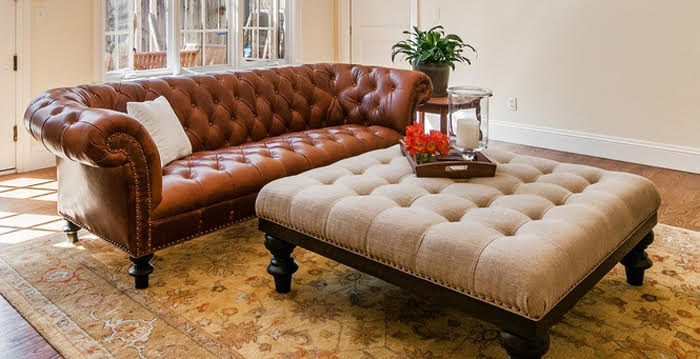
Custom leather sofa from Pine Street Natural Interiors
A few weeks ago one of my clients asked me if there was such a thing as a leather sofa without toxic chemicals. She knew leather sofas are usually filled with toxic polyurethane foam and fire retardant chemicals, plus there are more chemicals used to tan the leather.
I hadn’t heard of a nontoxic leather sofa, but I asked my friend Rowena Finegan, owner of Pine Street Natural Interiors, and she said she could make one for me, and yes, there IS natural leather!
Rowena has developed her own line of custom upholstered furniture called Inside Green.
Here are the materials used to make an Inside Green sofa:
-
- FSC certified Wood Frames and Legs: Wood frames are made from sustainably grown Alder from well-managed American forests
- Non-toxic Fasteners and Finishes: Each piece of wood is fastened with steel screws, and double-doweled with non-toxic, water based glue. A combination of hemp webbing, jute, and hemp burlap finish out the frame.
- Cushions: Layering of your choice of wool fibers, or organic goose feathers and down, with 100% pure natural latex padding. Premium quality wool batting comes from regions where the soil is continually turned, pesticides are forbidden, and sheep are still herded with the use of guardian dogs. Goose feathers and down are sourced from farms that raise geese for food consumption—completing a vertically integrated business model which is both financially and ecologically beneficial to local economies and the end consumer. The totally chemical-free feathers and down are separated by hi-tech machinery and are washed in biodegradable emulsifiers before being packed into 250-thread-count, 100% organic cotton covers.
- Pure, Petroleum-Free Latex: The foam that both covers the frame and is used for the cushions is natural latex, harvested from an environmentally friendly renewable resource procured from rainforest trees.
- Upholstery: organic cotton/hemp canvas. All fabrics presented with the line have been laundered in chemical-free vegetable-based laundry detergent and are either certified organic or have been produced using chemical-free base cloth and vegetable or low impact dyes.
- Finishes: WOCA natural oil stain—plant-based, sustainable, and non-polluting and contain no artificial pigments or preservatives. Along with being a naturally durable substance, oil-based stain also protects against scratches and indentations better than a standard urethane finish.
A sofa can be built in any size or style using these materials, and you can also get it upholstered with the healthiest leather I’ve seen.
EcoPell vegetable-tanned leather is made in Germany. Rowena loaned me a sample book and swatches to take to my MCS client and she had no reaction at all. The swatches actually just smelled like natural leather—no chemical smell. See all the leather colors and weights you can choose from.
This leather is regularly tested for chemicals frequently found in leather and publishes their test results. It has been certified by several organizations as being particularly environmentally-and allergy-friendly.
There is actually so much information about any and how this leather is good you just need to go to their website and read all about it.
This exceptional leather sofa is not inexpensive, but it CAN be made—in any size, style, and color that you desire.
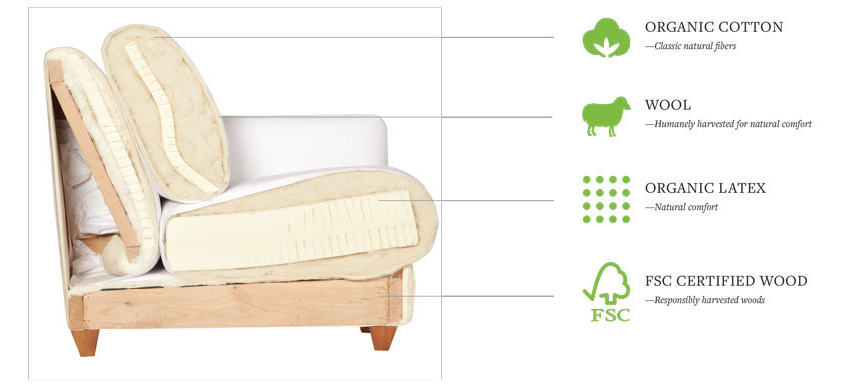
FINDING HEATERS FOR “BAKE OUTS”
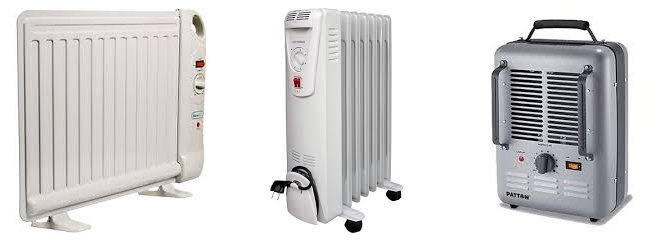
Five years ago I posted INSTRUCTIONS TO “BAKE OUR” TOXIC FUMES, which originally appeared in my now-out-of-print book Home Safe Home. Many readers since have used this method of heating rooms to make chemicals from paints, finishes, and other building materials outgas more quickly.
I’ve done this many times over the years, like when I would paint a room before there was no-VOC paint. I would just put my oil-filled radiator space heater in the room, close the door, leave it overnight, and in the morning open the windows and that was all that was needed.
Occasionally someone would call me and say I need more heat. How hot does the room need to be? I tell them to rent “an industrial heater.” And they do and it worked.
A couple of weeks ago I received an email from a reader saying the method wasn’t working for her. She heated up her space, even individual rooms, and the smell wasn’t decreasing.
We’ve been trying to figure out what she should do and the only thing I can come up with is “more heat.”
But she was’t able to find a heater.
I went out to look for heaters as well.
If you have done a bake out and needed more heat than ordinary room-size space heaters, please leave a comment and let us know what type and size heater you used and where you got it. Please be as specific as you can.
Here are some things I learned.
There are three key numbers to understand when looking for a heater: watts, volts and BTUs.
Watts are the amount of energy you need to power the heater.
Volts are the amount of energy coming out of an electric plug. An ordinary house electric plug is 110 volts. Some plugs, such as those for electric clothes dryers and electric stoves, are 240 volts.
BTUs are the measure of heat that is produced by the heater.
To get enough heat for a bake out, you need to use a heater (or heaters) to provide enough heat for the size of the room. The general rule of thumb is you’ll need roughly 10 watts of heating power for every square foot of floor area in the room. So a 1,500-watt heater can be the primary heat source for an area measuring up to 150 square feet (that’s 10’ x 15’).
My oil filled radiator heater uses a 110 volt plug, can be set to produce various amounts of heat up to 1500 watts, which is enough to heat 150 square feet.
This article is very thorough about different types of heaters and how to choose one for energy efficiency, but it will also help you understand types of heaters for bake outs: SYLVANE: Heater Buying Guide
One problem my client is running into is that she has an open plan of 600 square feet, so that would require the equivalent of four 1500 watt heaters.
A problem I run into is I am usually living in older houses with older wiring and I blow out the circuits.
I did find an electric heater at an equipment rental place that runs on a 240 watt plug, but my client’s stove is gas and she doesn’t have a clothes dryer, so she doesn’t have the plug. And it’s for professional use only.
OK that’s all I’m going to say on this.
Anyone have any knowledge or experience about heaters?
Let’s figure this out together so we have this data here.
Removing Sizing From Fibers

A reader wrote to me last week asking:
I have gone through about 4 different companies flour sack towels only to find they don’t absorb even the smallest amount of water. What happened? They used to be like paper towels and absorbed everything. What has been added to them to make them like polyester? They just smear the water around. Were they “conditioned” with something? It’s like using linen or polyester. Do you have any suggestions of a company that carries the old fashioned ones?
But before I could post her question, she wrote back and said:
No need to post my question as I figured it out! Yea!
For others if you ever get asked, they are now putting sizing in fibers, not just the material as a whole which means they soak up no water. So, soak in vinegar for 1-2 days and it eats it off, then wash like normal.
I did just one and compared it to an untreated one and was happily shocked to see the change.
Also vinegar is an amazing rust remover. I needed to refinish an indoor door and the hinges had some rust on them. I soaked in vinegar for a day and the rust just floated off. Be careful tho, I also soaked what I thought was a copper lamp base, but turned out it was layered over pewter and the vinegar ate the finish and left the pewter. Dang! Thanks again.
Airfryer
Question from Gustavo
Hi Debra,
Do you have any concerns for Airfryer? Can’t seem to find your comments regarding this on your website! I wonder if they are safe for use or are as dangerous as microwaves
Thank you!
Debra’s Answer
My concerns about the Airfryer are the same as with any other cookware or cooking appliance: nonstick finish.
Plus the circulating air is 390 degrees F, which can make nonstick finishes outgas. And if there are other plastics involved, they will outgas too.
I personally don’t fry or airfry. I eat foods raw, steamed, water-sauteed, roasted, baked, or dehydrated.

